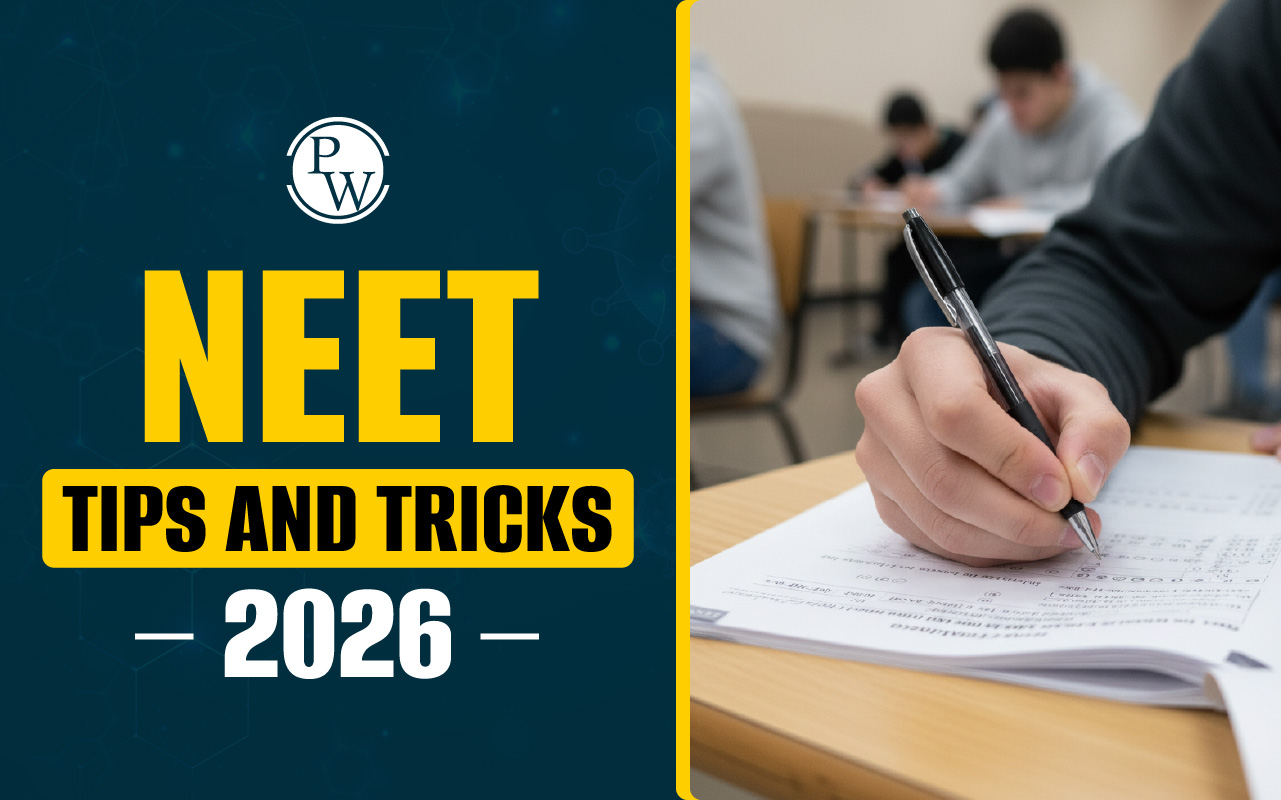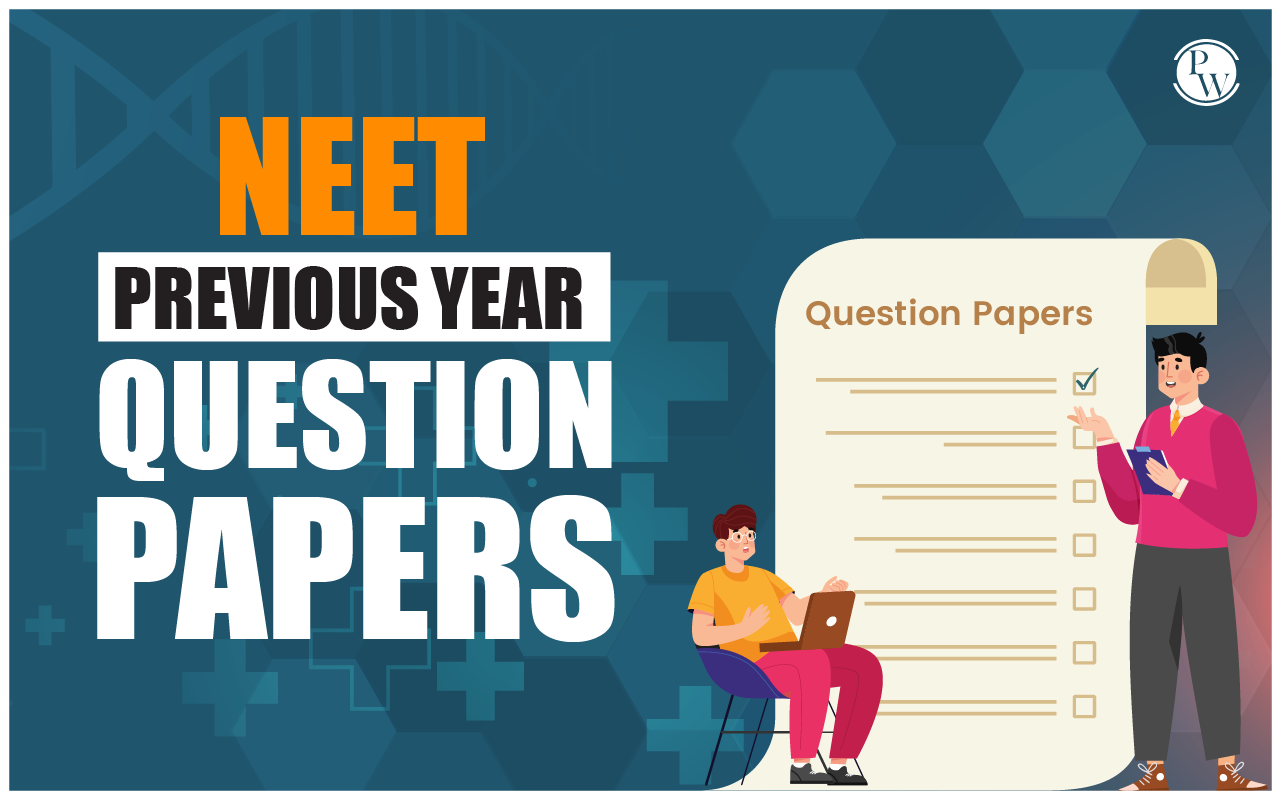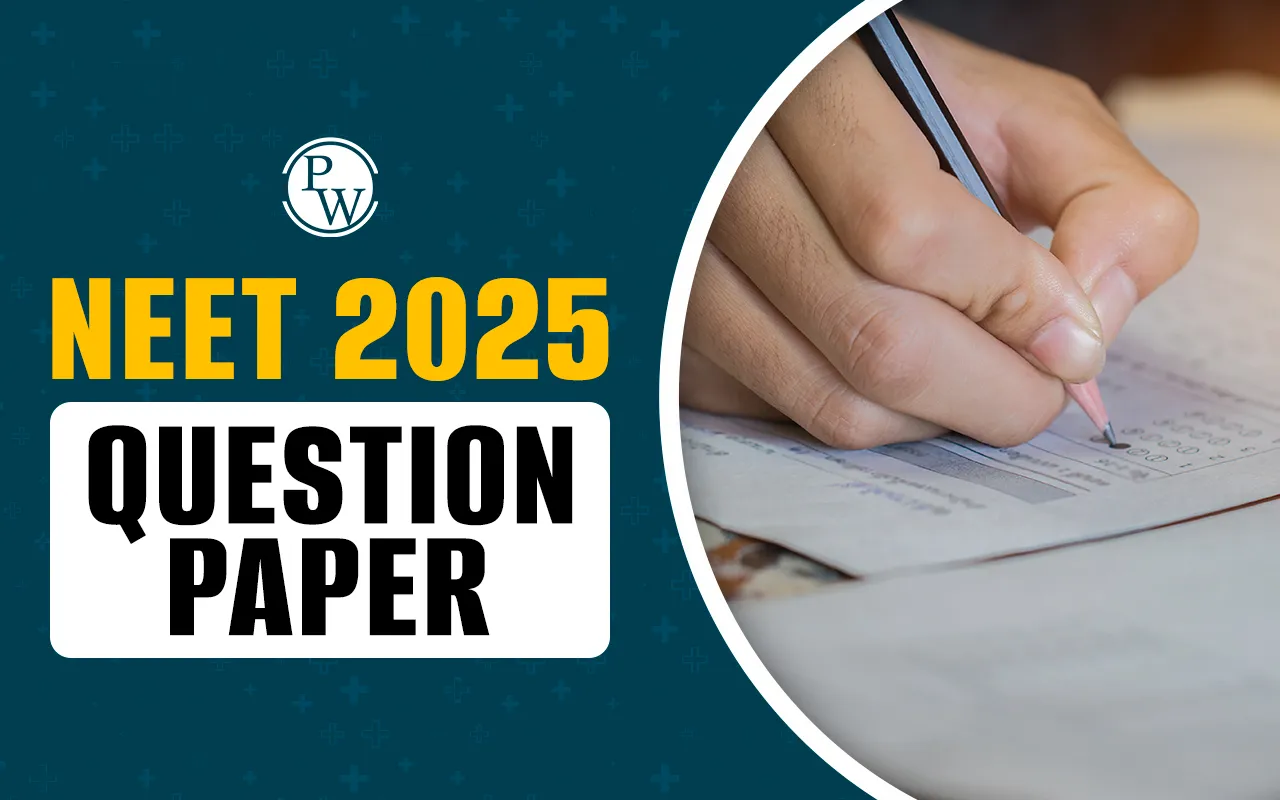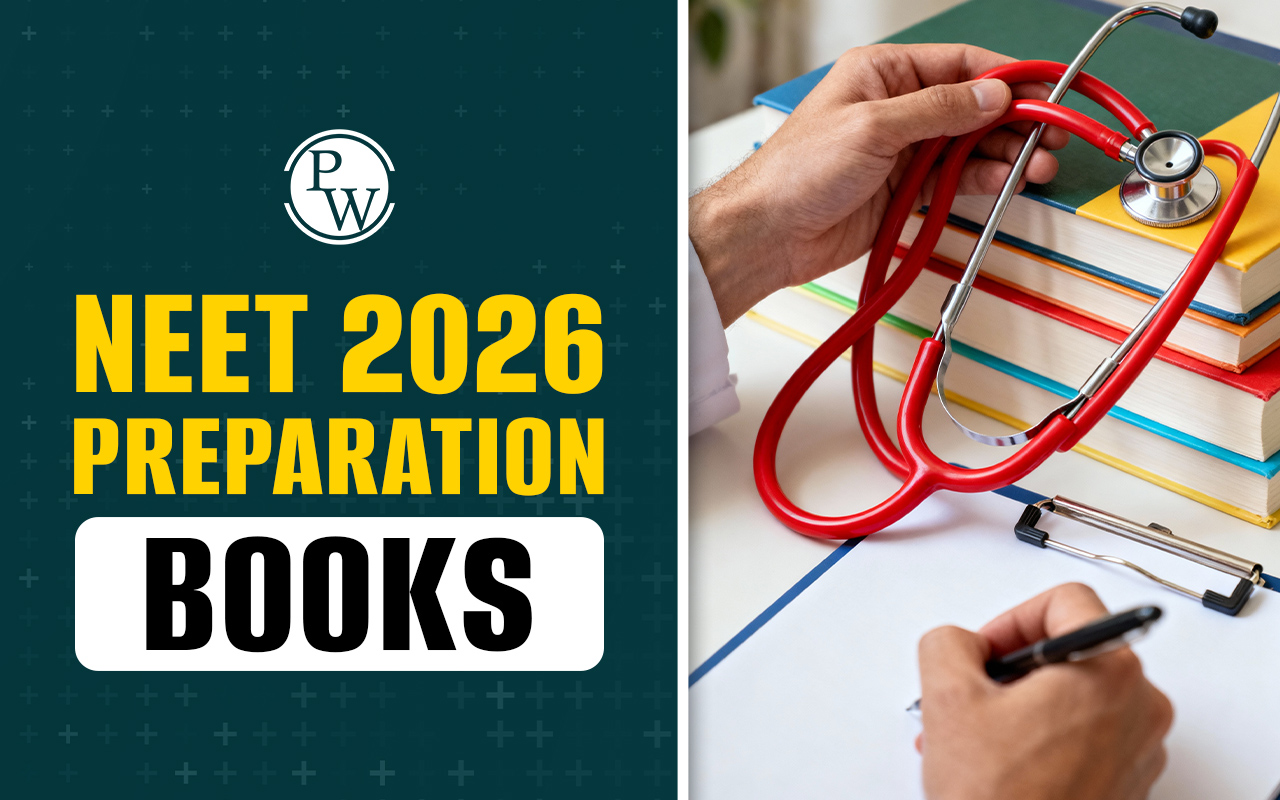
Difference Between Evaporation and Condensation: Evaporation and condensation are two processes and very important concepts from the NEET syllabus , they might sound similar, but they're quite different. When aspirants use water as an example to explain these concepts.
Water is made up of tiny particles called molecules. These molecules are attracted to each other, but they also have energy that makes them move around. When the molecules at the surface of the water move really fast, they can escape into the air and become vapor. This change is called evaporation. The interesting part is that it can go both ways, vapor molecules can come back together and turn into liquid again, and this is called condensation.Difference Between Evaporation and Condensation Overview
Evaporation and condensation are distinct phases in the water cycle. Evaporation involves the transformation of liquid into vapor due to heat, where surface molecules gain energy and escape into the air. The difference between Evaporation and condensation can be easily understood with the phenomena of drying wet cloths and the formation of clouds. Check out the below table and grasp a full understanding of the concept.| Difference Between Evaporation and Condensation | ||
|---|---|---|
| Parameter | Evaporation | Condensation |
| Definition | The process of turning a liquid into a gas at temperatures below its boiling point. | The process of turning a gas into a liquid, releasing heat. |
| Temperature | Takes place at the surface of the liquid and can occur at any temperature. | Occurs when a gas is cooled, typically at or below its dew point. |
| Energy Change | Absorbs heat energy from the surroundings. | Releases heat energy to the surroundings. |
| Phase Change | Liquid to gas (vapor). | Gas to liquid. |
| Molecular Movement | Fast-moving molecules escape from the liquid. | Gas molecules slow down and come together to form a liquid. |
| Location in Water Cycle | Mainly occurs in bodies of water exposed to sunlight (e.g., oceans, lakes). | Commonly observed in the atmosphere, leading to cloud formation. |
| Applications | Drying clothes, puddles evaporating, cooling systems. | Cloud formation, dew forming on the grass in the morning. |
Evaporation Definition
Evaporation is the process by which a liquid turns into vapor or gas at a temperature below its boiling point. This transformation occurs when the molecules in the liquid gain enough energy to escape into the air. The most common example of evaporation is the conversion of water from a liquid state to water vapor in the atmosphere.Example - When you leave a wet towel out in the sun, the water on the towel will gradually evaporate. The heat from the sun provides the necessary energy for the water molecules on the surface of the towel to break their bonds and transition into a gaseous state, becoming water vapor.
Evaporation Definition
Condensation is the process by which a gas or vapor turns into a liquid. This occurs when the molecules in a gas lose energy and come together to form a liquid. The most familiar example of condensation is when water vapor in the air cools and turns into liquid water droplets, often forming clouds.Example - A common example of condensation is the formation of dew on grass in the early morning. During the night, the temperature drops, causing the water vapor in the air to lose energy and condense into tiny water droplets on the cool surfaces of the grass. This process is also responsible for the formation of clouds in the atmosphere when warm air rises and cools at higher altitudes, leading to the condensation of water vapor into visible cloud formations.
If you want to pursue a successful medical career by clearing NEET exam, you must join PW's NEET online coaching where a team of dedicated teachers are available to assist you in your preparation journey. Boost the chance of getting selected without specially crafted courses and study material.Difference Between Evaporation and Condensation FAQs
What is evaporation and condensation Class 9?
What is evaporation and condensation example?
What are 5 examples of condensation?
What is evaporation and condensation examples for kids?
What is the difference between condensation and condensate?










